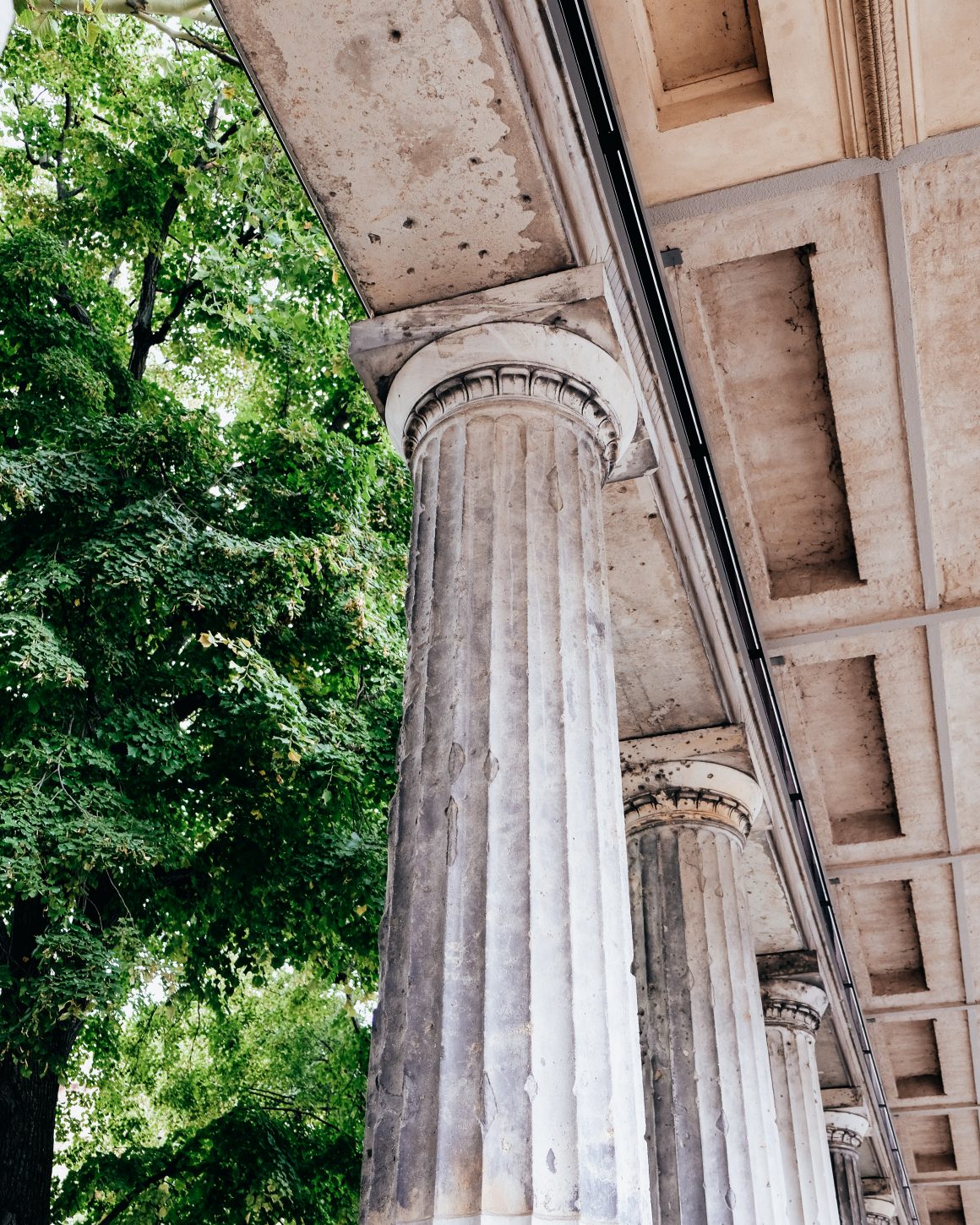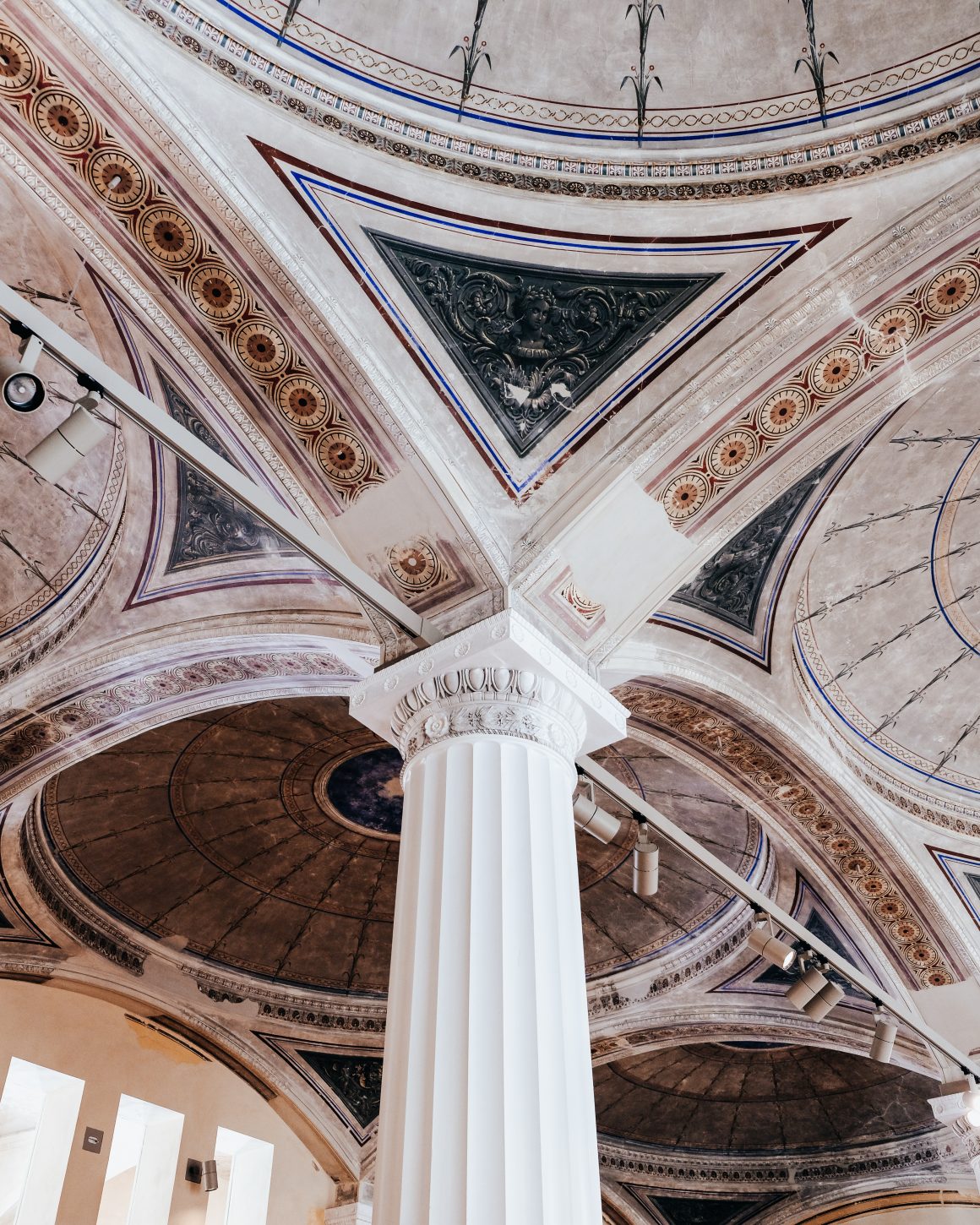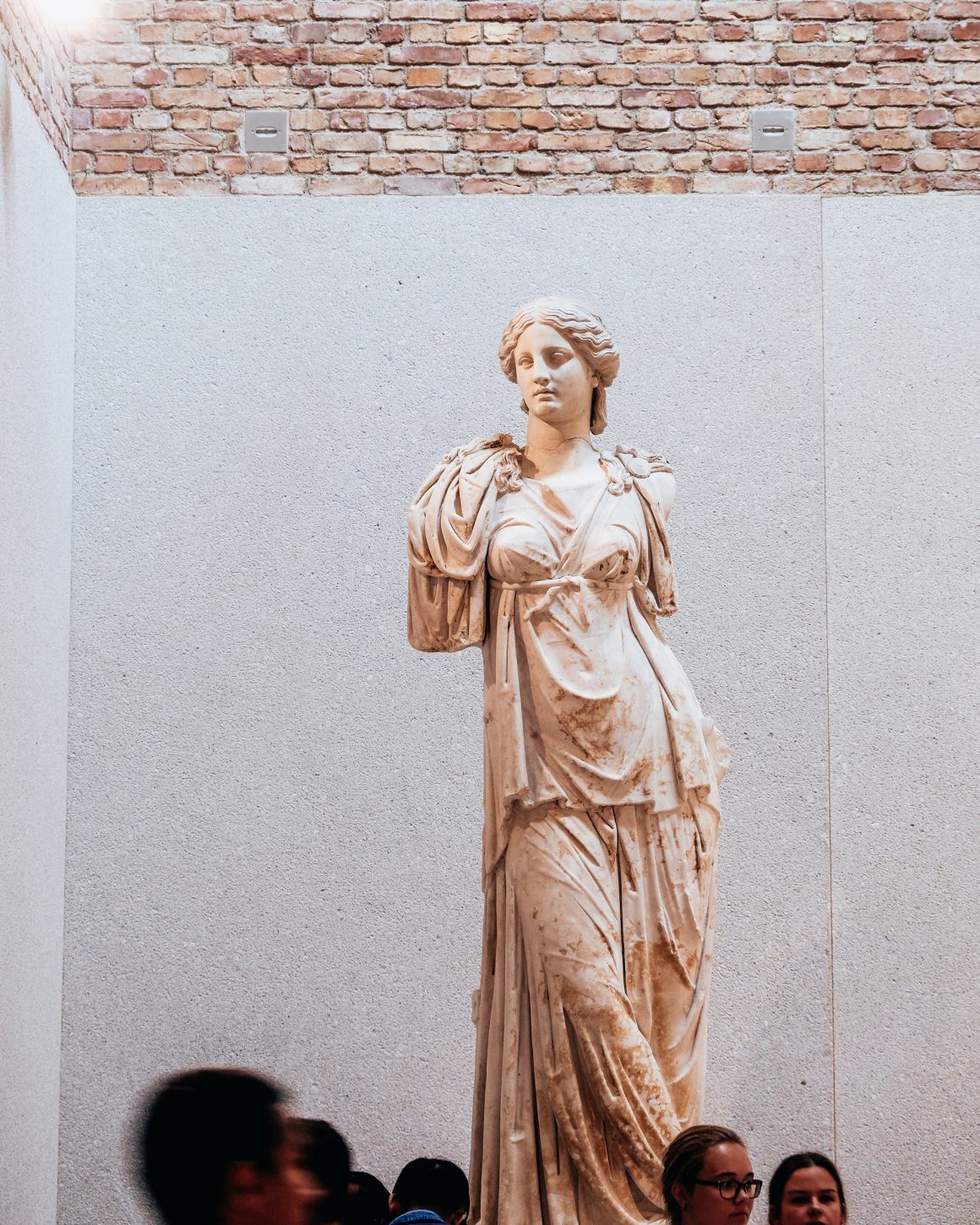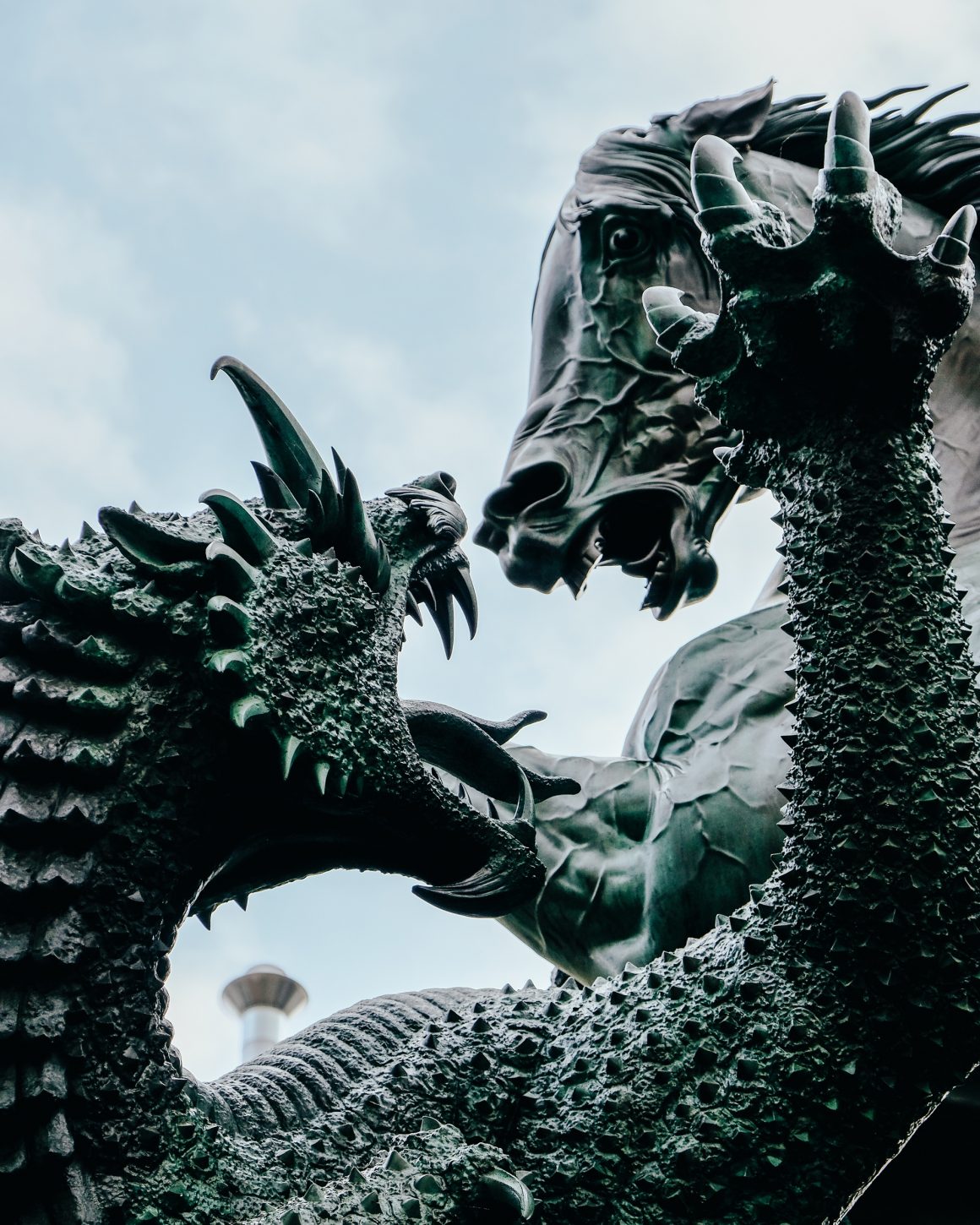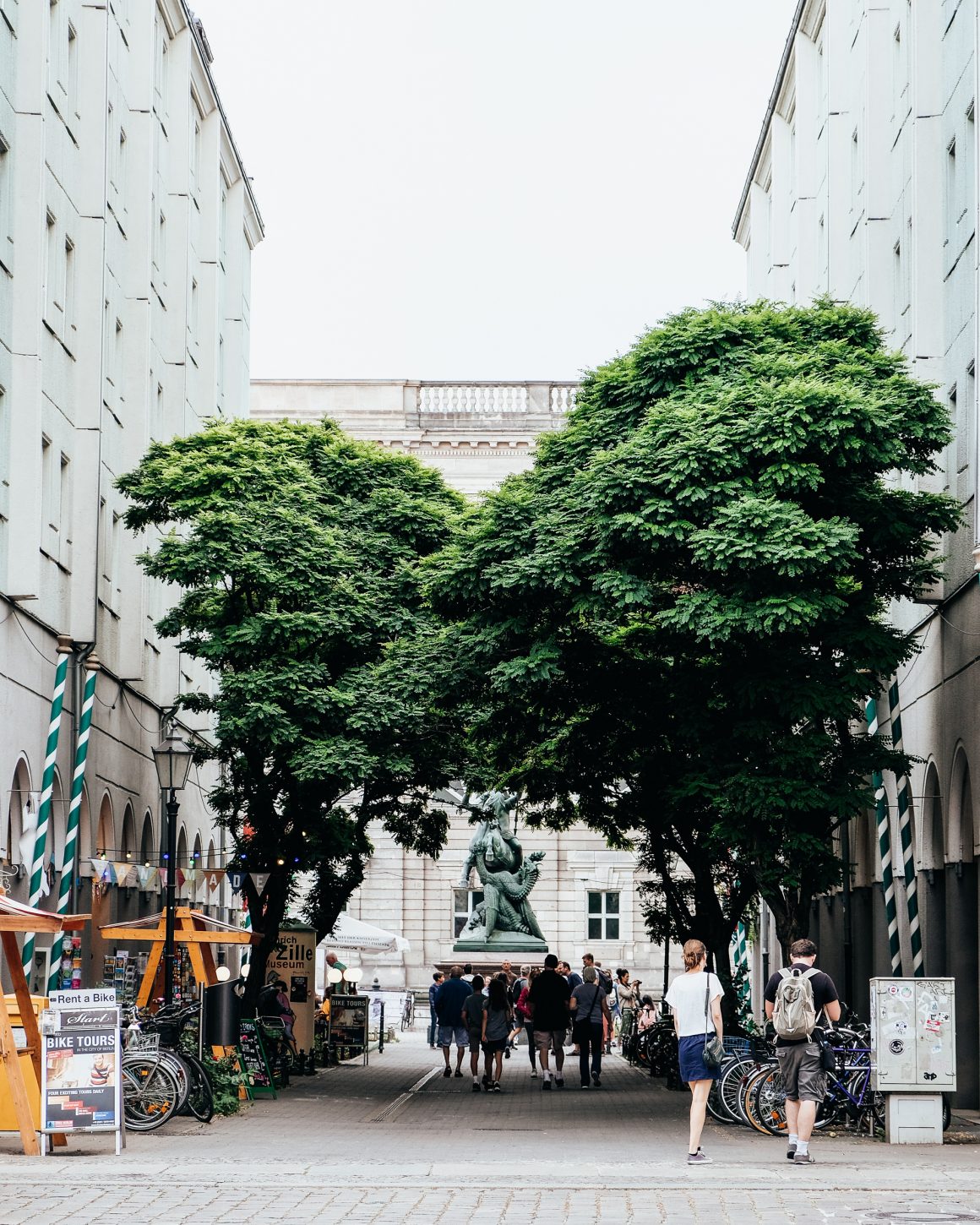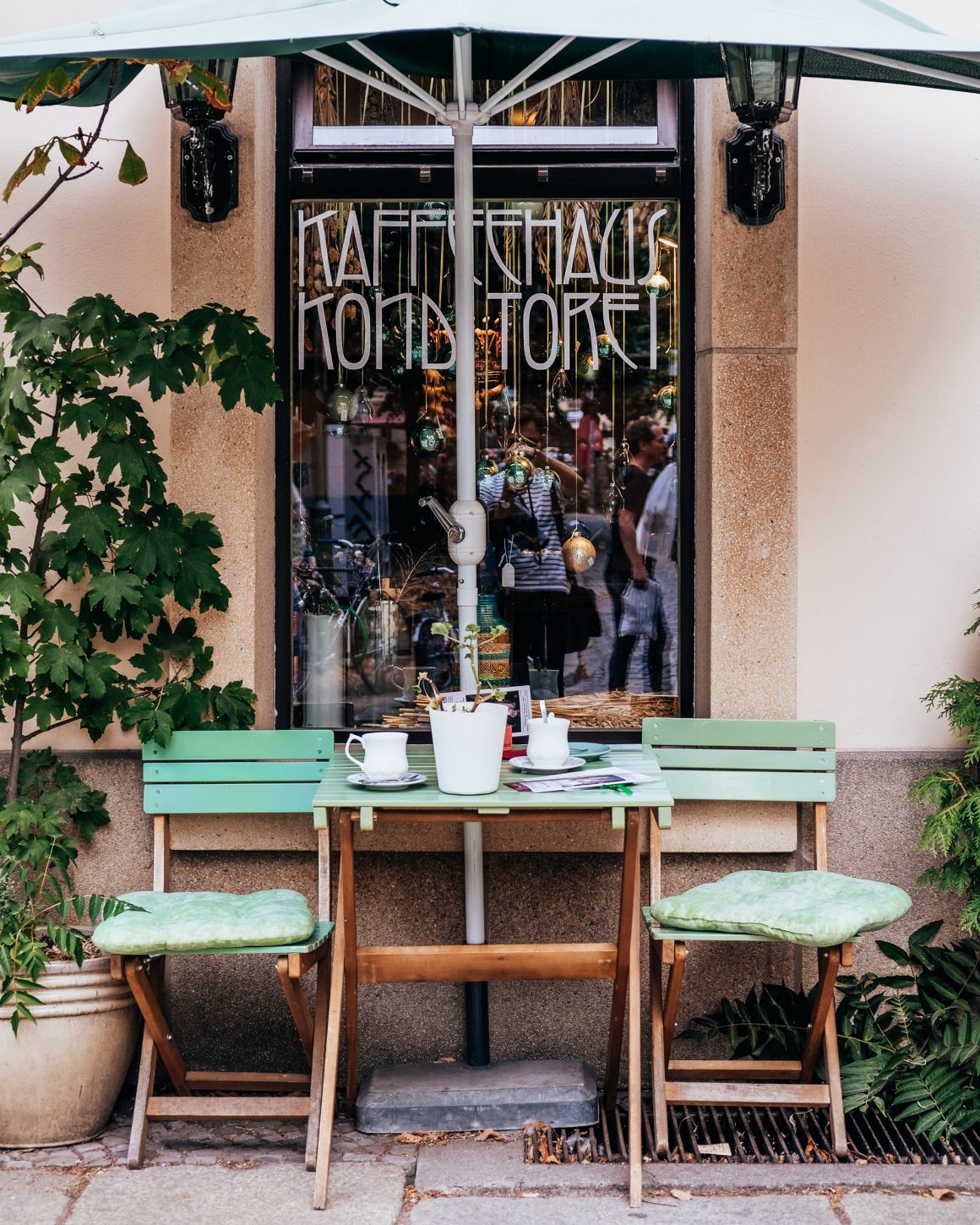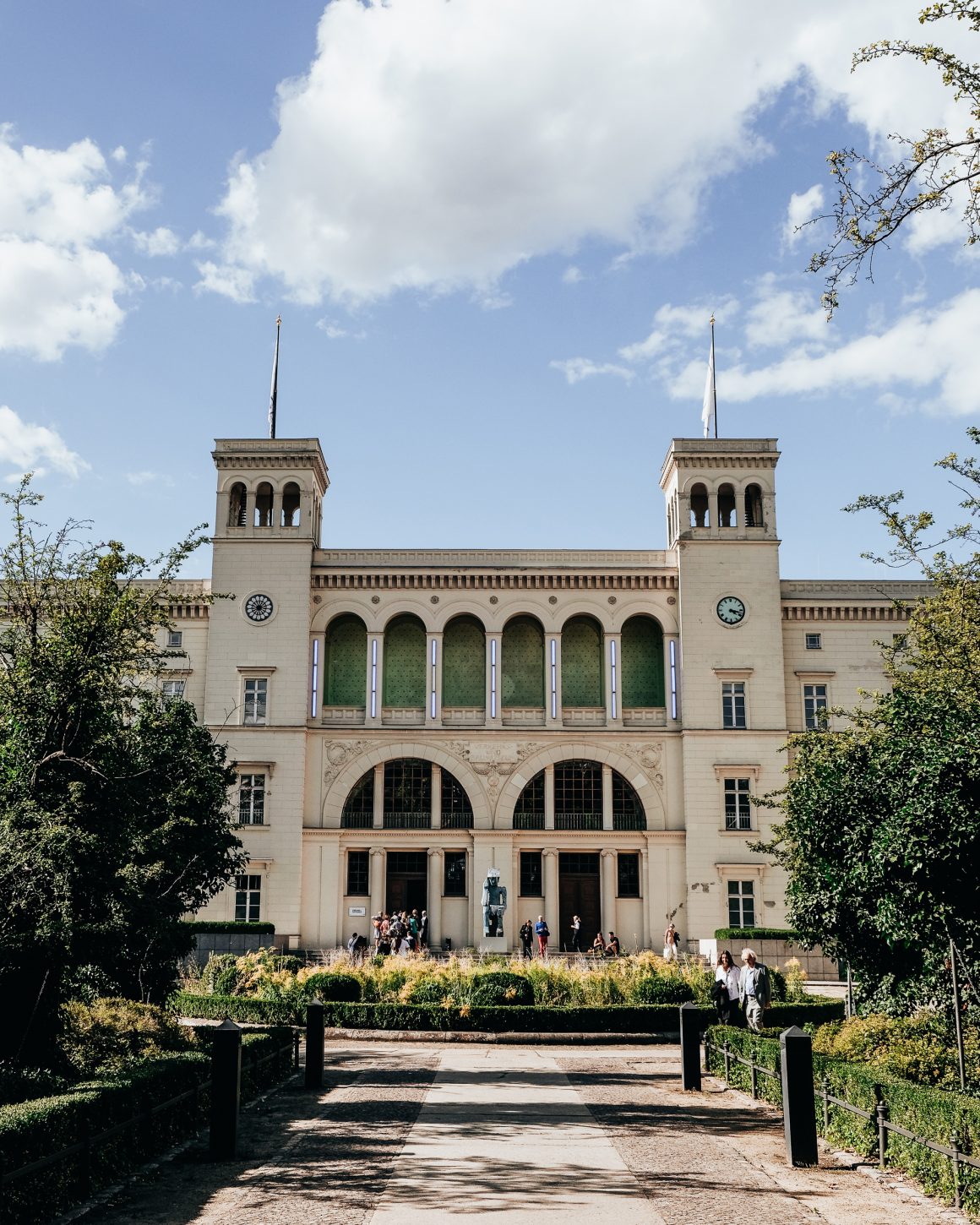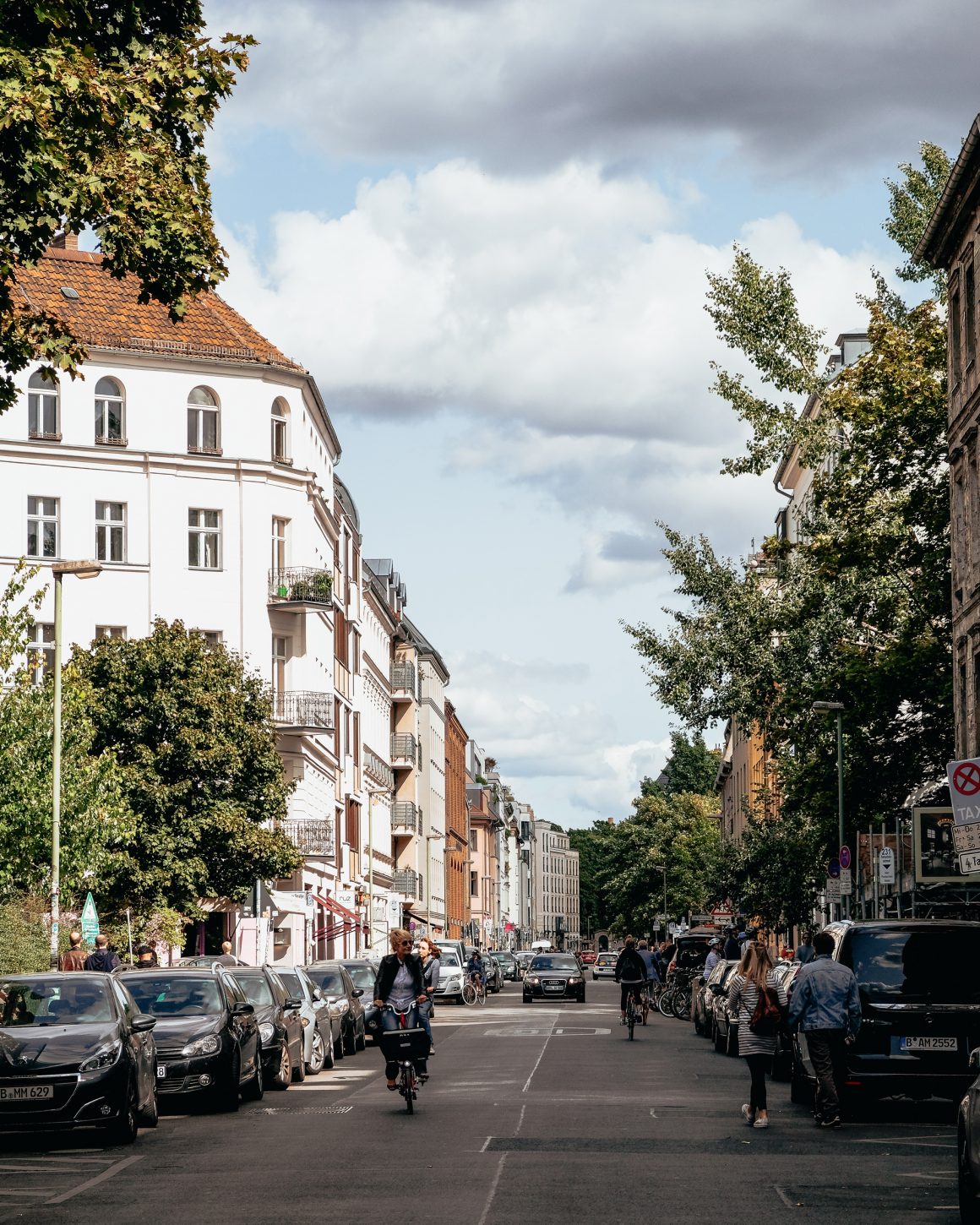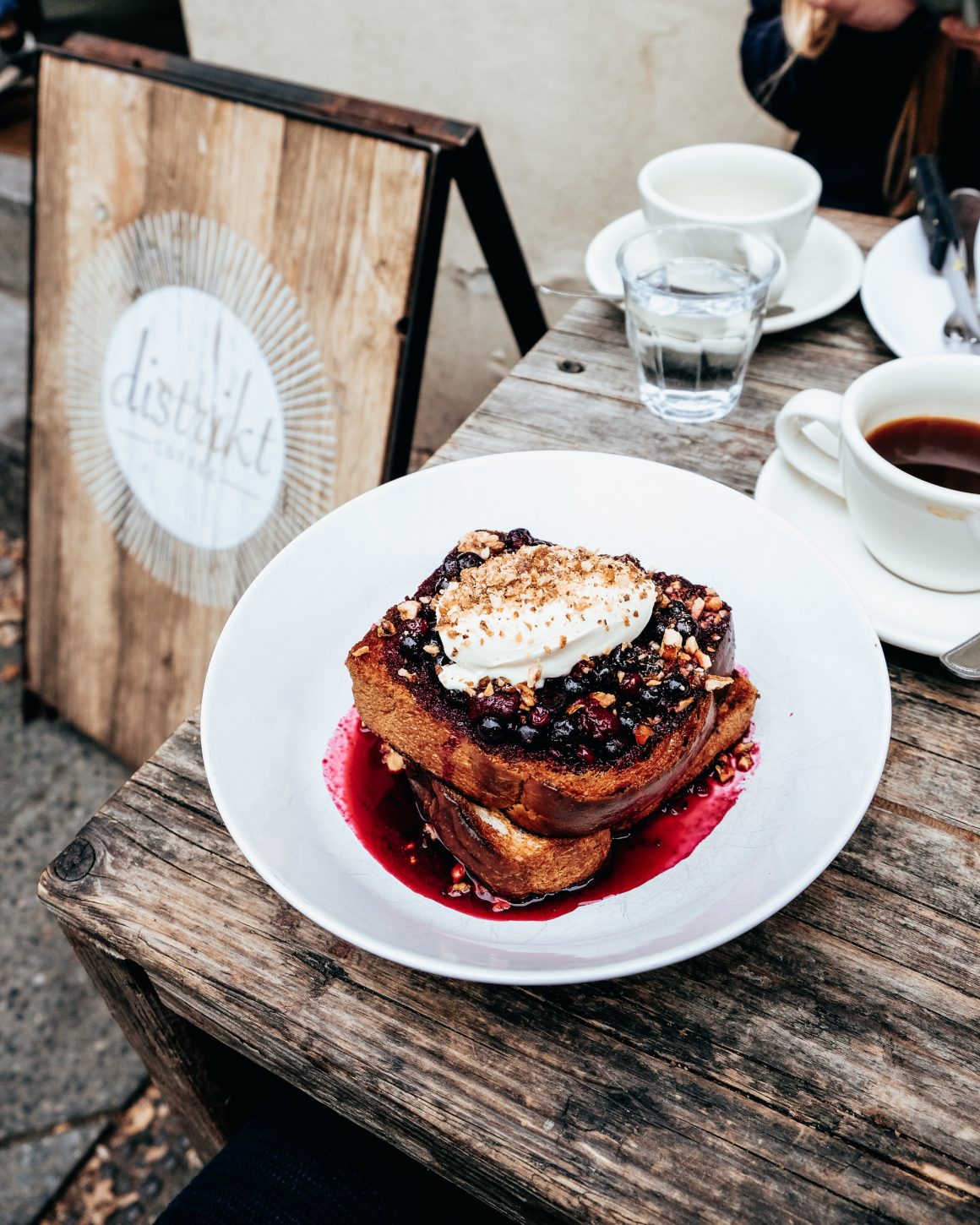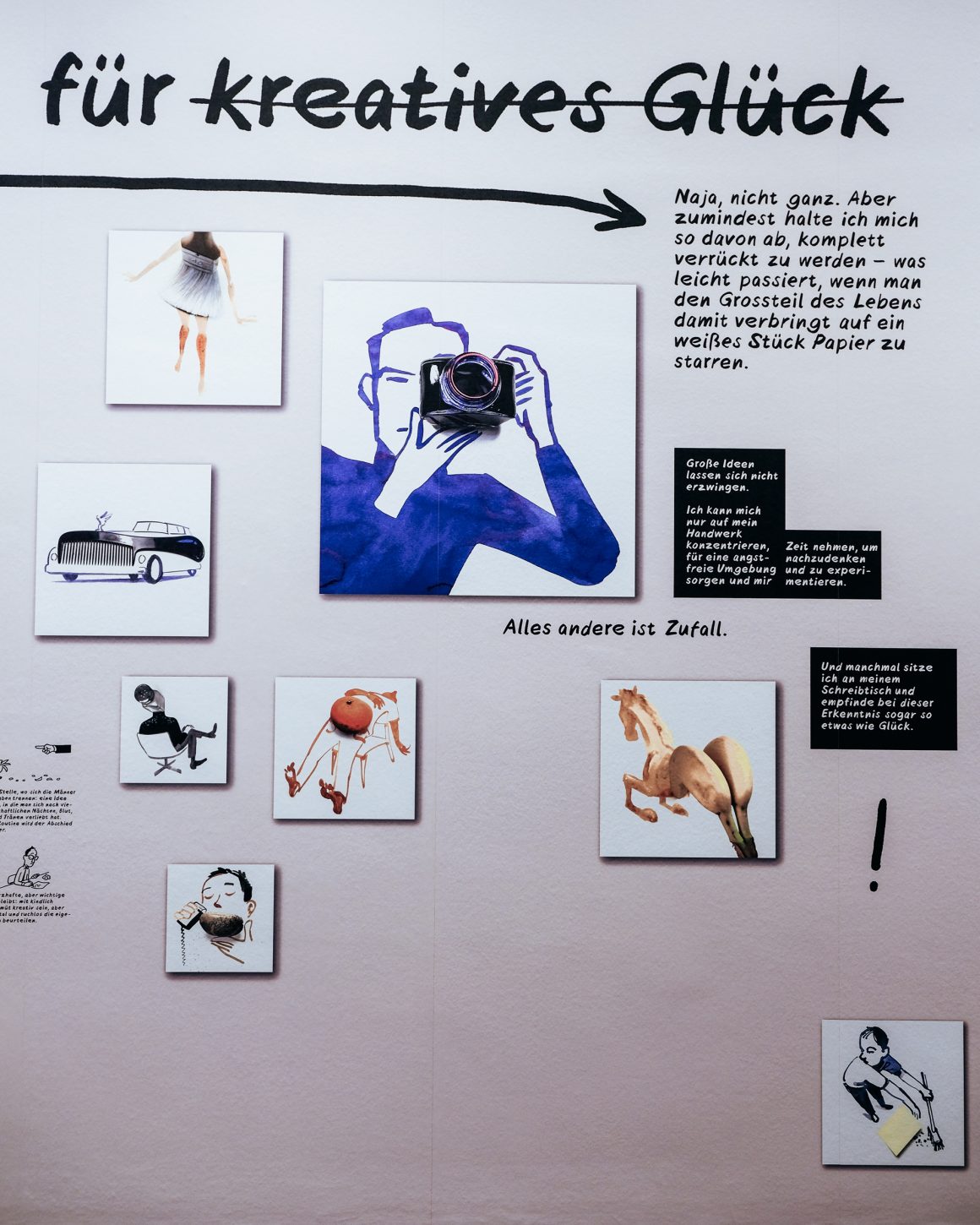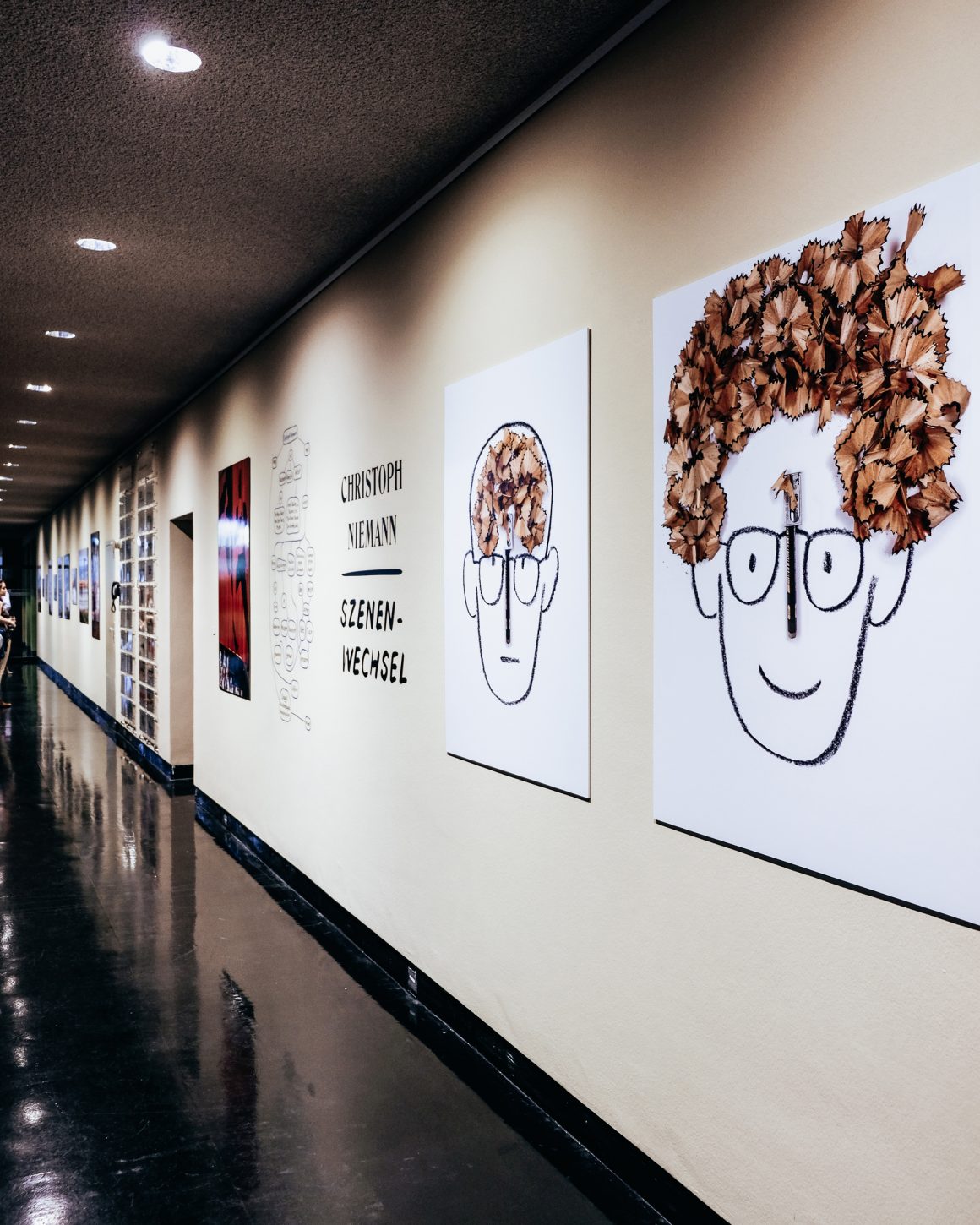There’s a fair few cities in the world where you can consider as distinctively cosmopolitan as Berlin. It’s a mega-city where citizens from all corners of the globe walk amongst each other, just like New York or London. You’d call it a melting pot, I’d go so far as calling it a vast, modern cosmopolis. It’s a place where the historic and the modern engage in a constant contradiction, two worlds that are perpetually locked in architectural and structural quarrel, forever looking for a status quo of sorts. Beautiful museum quarters and elegant avenues brush alongside brutal, industrialist concepts. Urban, concrete jungles and delapidated, brutalist buildings strut unapologetically beside humungous gartens and inspired green spaces. Red bricks set beside rough concrete, granite hewn against metal and stone and pure, utter, unabashed rebellion.
Friedrichshain
The very first time I’ve visited Berlin was during a deep winter, a callously, bitingly cold February some years ago, thankfully for its major film festival, where I get to warm up in some of the city’s lushly-heated cinemas. Which makes for a great change when I visited it again during the summer. Luckily, a great friend of mine joined me for a few days. And we were free-spirited and bohemian among its residents in the Friedrichshain neighbourhood, with its intensely creative scene, an East Berlin hipster culture buzzing with café-and-bar hopping life, world-cuisine restaurants, vintage flea markets and a plethora of indie boutique shops.
In a neighbourhood with a surfeit of brunch places, I recommend Neumanns — with superb coffee and open sandwiches that means the real business.
Museum Island
A trip to Berlin is perhaps incomplete without spending an entire afternoon, if not a whole day, in the Museum Island — this UNESCO World Heritage quarter comprising of five museums, Pergamon, Neues, Bode, Alte Nationalgalerie and Altes Museum. Since I’m not the swift excursionist type, I had to make a Sophie’s Choice and settle for Neues Museum for the afternoon and revel in its incredible features. Yes, including that bust of Nefertiti.
Nikolaiviertel
A short walk away along the river Spree, past the Berliner Dom (Berlin Cathedral), is a quaint quarter called Nikolaiviertel, purportedly the city’s oldest residential quarter. But in fact, it’s one that’s been damaged by the last war and was then later rebuilt, restoring its medieval German-village look, with terraced cafés and restaurants that are so charming they could be plucked straight out of postcards.
Mitte
Berlin is fraught with history — a staunch witness to some of the most inspired, and yet some of the worst episodes of human history. But despite of its troublesome narrative, it’s gained a huge amount of fresh re-thinking, restoring the remarkable essentials and then move forward to modernity.
Walking around its biggest, mightiest district Mitte makes one feel that gravitas of Berlin’s scope, its overwhelming vastness, and sights of historical significance, from Alexanderplatz to the Brandenburger Tor, the Reichstag, the Holocaust Memorial, Checkpoint Charlie, which have filled history books with all accounts.
Yet it’s not without its poetry. A stroll along the huge boulevard towards the Victory Column with the Roman goddess Victoria (immortalised by Wim Wenders’ 1987 masterpiece Wings of Desire) makes for a perfect summertime activity, and that also includes getting lost in the green haven that is Tiergarten.
Berlin is also an incredibly creative city. Part of its identity is its ability to attract young entrepreneurs and creatives that manage to build a start-up scene and indie business, helping transform once-abandoned blocks and structures into booming art spaces, design agencies, technology hubs and even food markets.
And speaking of food, there are two highlights I can recommend in Mitte. Head to Distrikt Coffee for quality brunch and coffee, natch. And then proceed to Café Einstein Stammhaus, this Viennese-style coffeehouse set in a Neo-Renaissance villa, serving must-have schnitzels and kartoffelsalat. Afterwards, have an apfelstrudel, Hans Landa style purely because this was the exact café Quentin Tarantino filmed a great scene in Inglourious Basterds.
Charlottenburg
I spend my last full day in Berlin, exploring Charlottenburg, clearly an affluent area of the city full of residential estates, galleries, shopping avenues and luxury hotels. A must-visit is the Deutsche Oper for music and exhibitions, and perhaps the popular shopping district along Kurfürstendamm, if you’re in a consumerist-spree mood, or simply just gazing at the sharp contrast of angular and classical architecture along the straße.
For whatever your impression of Berlin, Germany’s vast capital is here to stay as one of the most contradictory yet fascinating yet cities of our time. This may well be Goodbye, Berlin, but only for now. I’ll be back again here soon.












